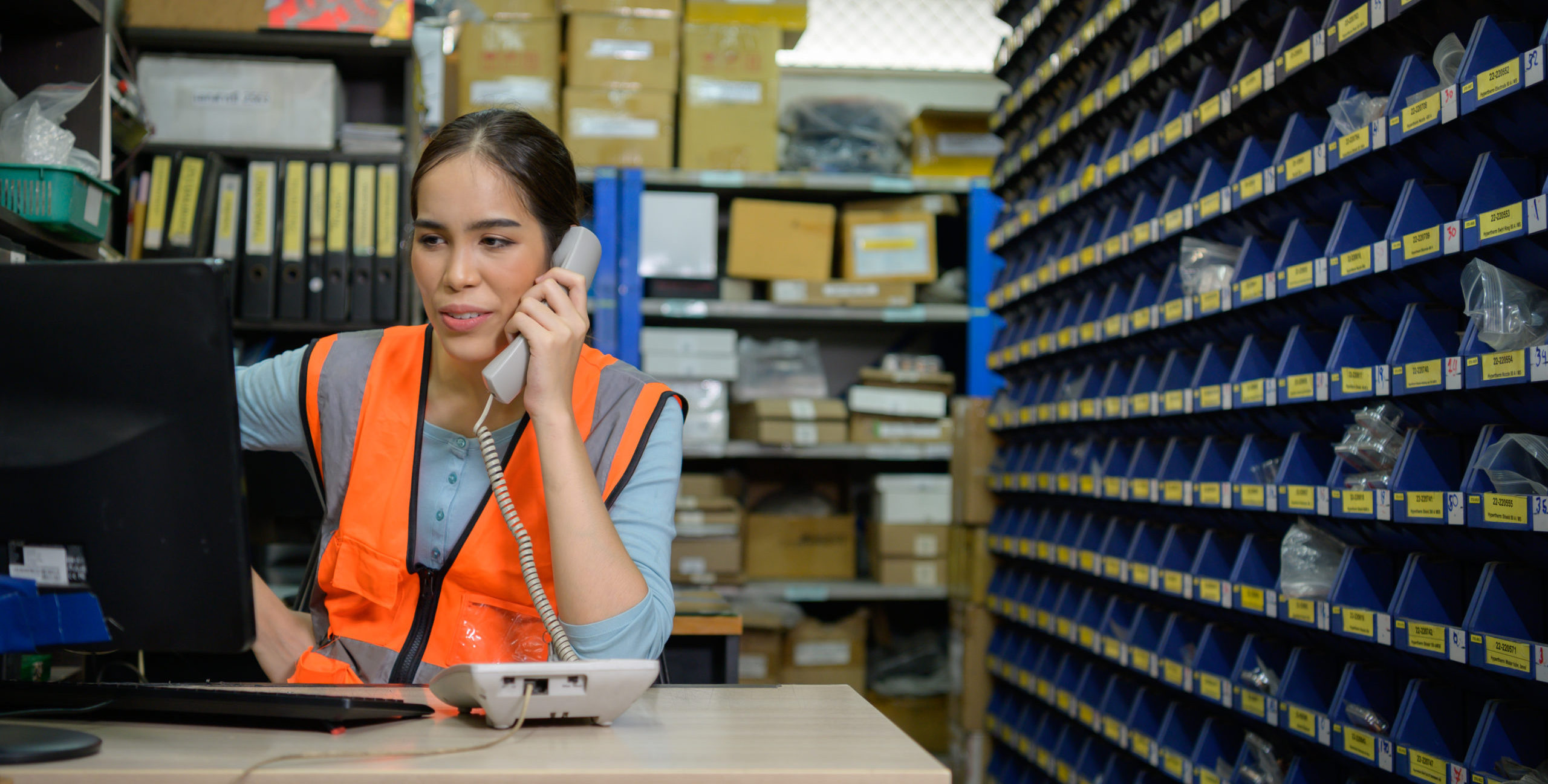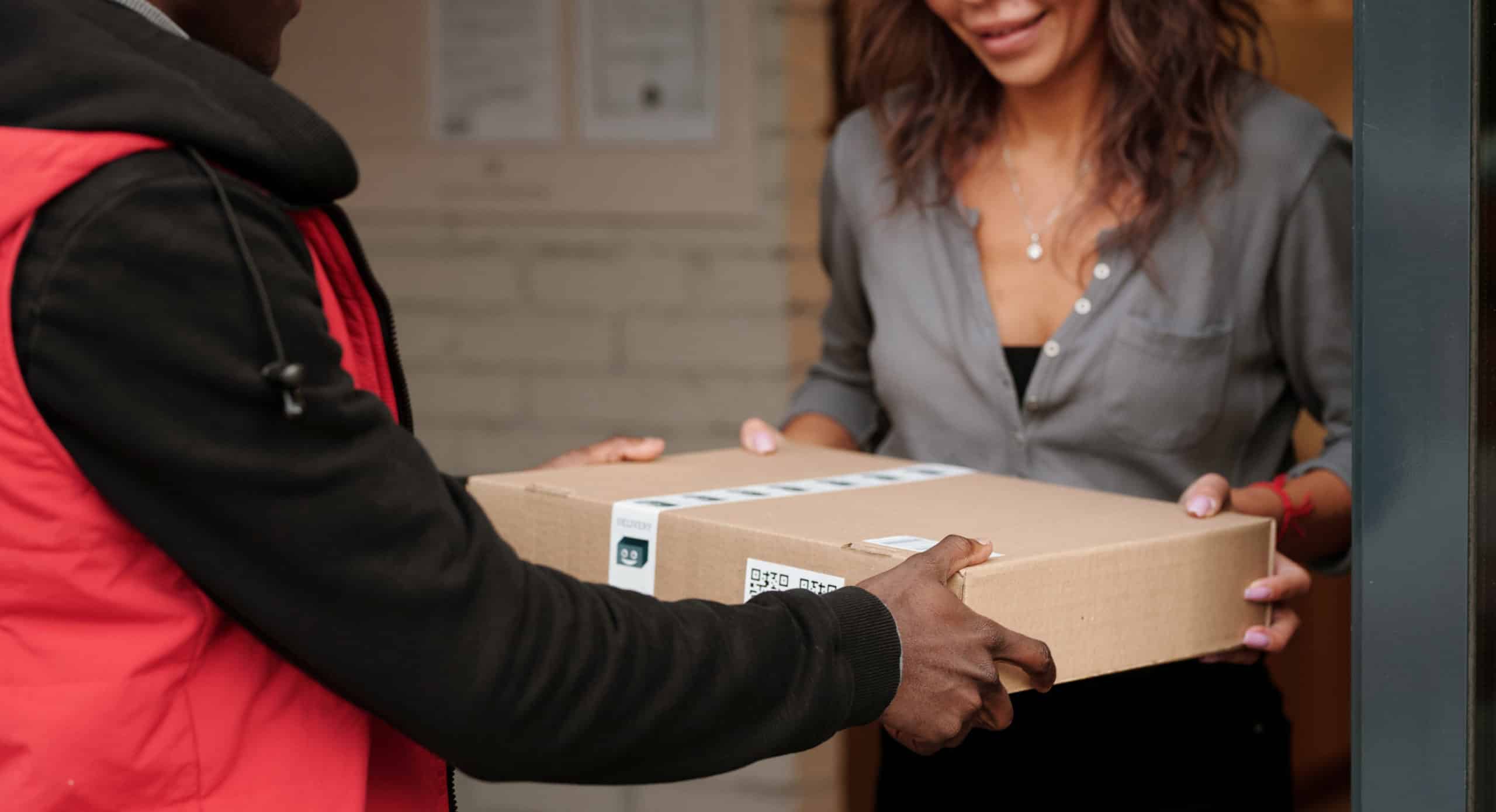7 Dispatching Mistakes That Are Costing You Money (And How to Fix Them)

Every delivery business has its challenges, but some are harder to spot than others. While rising fuel costs and customer expectations tend to steal the spotlight, the real budget-drainers are often hidden in plain sight: everyday dispatching mistakes that quietly eat away at your profits.
From inefficient route planning to underused vehicles and missed delivery windows, these small slip-ups can snowball into bigger problems, wasted time, unhappy customers, and rising operational costs. The frustrating part? Many of these issues are entirely avoidable.
In this post, we’ll explore some of the most common dispatching errors costing fleets time and money, and, more importantly, how you can fix them with smarter, more adaptable route planning. Whether you’re managing five vans or fifty, these insights could be the difference between just getting by and running a finely tuned, cost-efficient operation.
1. Manual Planning That Can’t Keep Up
One of the biggest mistakes still made by delivery operations is relying on manual planning tools, or worse, gut instinct, to schedule routes. Manually plotting journeys might work for a small number of deliveries, but as your operation scales, it becomes nearly impossible to account for all the real-world variables: driver availability, traffic conditions, vehicle capacity, time windows, and more.
The fix: Automated route optimisation can take thousands of delivery constraints into account in seconds, producing cost-efficient, achievable plans that save time and reduce errors. Planners can then focus on refining and reviewing routes, rather than spending hours trying to build them from scratch.
2. Underusing Your Fleet
It’s common for businesses to assume they need more vehicles or drivers to meet demand, when the real issue is underutilisation. Inefficient dispatching can lead to half-empty vans, poorly sequenced drops, and overlapping routes, all of which drive up cost-per-delivery.
The fix: A robust optimisation engine can ensure your fleet is working at maximum efficiency by intelligently grouping deliveries and allocating jobs based on vehicle capacity, location, and availability. This leads to fewer vehicles on the road, reduced mileage, and improved sustainability, without compromising on service levels.
3. Inflexible Routes That Ignore Real-World Conditions
Fixed daily routes might feel like a convenient solution, but they leave little room to adapt to daily fluctuations like traffic delays, roadworks, or last-minute orders. This can result in drivers sitting in jams or missing narrow delivery windows, all of which chip away at your bottom line.
The fix: Dynamic routing, which builds optimised routes fresh each day, gives dispatchers the flexibility to react to changing conditions. Combined with live traffic data and re-optimisation features, routes can be adjusted in real time to reduce delays and keep deliveries on track.
4. Poor Communication Between Office/Warehouse and Driver
Miscommunication between dispatchers and drivers can be costly. From incomplete instructions to outdated route plans, even small breakdowns in communication can lead to missed deliveries, incorrect drop-offs, and frustrated customers.
The fix: Integrated driver apps ensure every driver has access to the most up-to-date route information, delivery details, and notes from the office. Changes made in the back office can be pushed directly to drivers in the field, keeping everyone aligned and reducing the risk of error.
5. Lack of Visibility Over What’s Happening On the Road
Many dispatchers don’t have a clear picture of where their drivers are or how routes are progressing throughout the day. Without real-time tracking and status updates, issues only come to light when a customer calls to complain, by which point it’s already too late.
The fix: Real-time visibility tools enable dispatchers to monitor routes as they unfold, flagging delays or failures as they happen. This allows customer service teams to proactively notify customers, reschedule where needed, and maintain trust. Additionally, dashboards and reporting tools help identify recurring problems for future improvement.
6. Guessing at Delivery Costs Instead of Measuring Them
Many businesses don’t have a clear view of how much their deliveries are costing, or how dispatching decisions impact those costs. Without tracking metrics like cost-per-drop, route profitability, or fuel efficiency, it’s impossible to know what’s working and what’s not.
The fix: Route optimisation software with integrated reporting and analytics makes it easy to measure delivery performance in detail. From identifying costly routes to tracking improvements over time, data-led decision making is the key to long-term savings.
7. Neglecting Customer Experience
While most dispatching decisions are made with efficiency in mind, overlooking the customer experience can be just as costly. Late arrivals, vague ETAs, and lack of communication can result in poor reviews, missed repeat business, and rising support costs.
The fix: Automated ETA notifications, customer tracking portals, and delivery feedback tools are simple ways to enhance the delivery experience without extra workload for your team. These features help manage expectations, build trust, and reduce inbound queries, all while boosting customer loyalty.
Final Thoughts
Dispatching mistakes aren’t just a logistical headache, they have a direct impact on cost, efficiency, and customer satisfaction. The good news? Most of these issues can be solved with the right tools and mindset.
By moving away from manual processes and embracing real-time, intelligent route optimisation, businesses can cut waste, increase fleet productivity, and stay one step ahead of customer expectations.
In a world where every mile matters, smarter dispatching isn’t just a nice-to-have, it’s essential.
👉 Get in touch with our team now to book a demo or chat through your dispatching challenges.
Maxoptra System
© MaxOptra, 2023. Privacy Policy and Cookies






